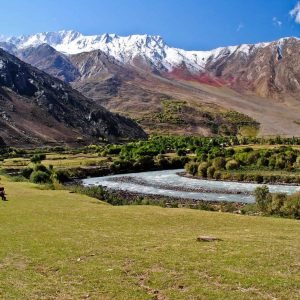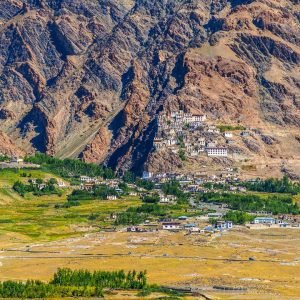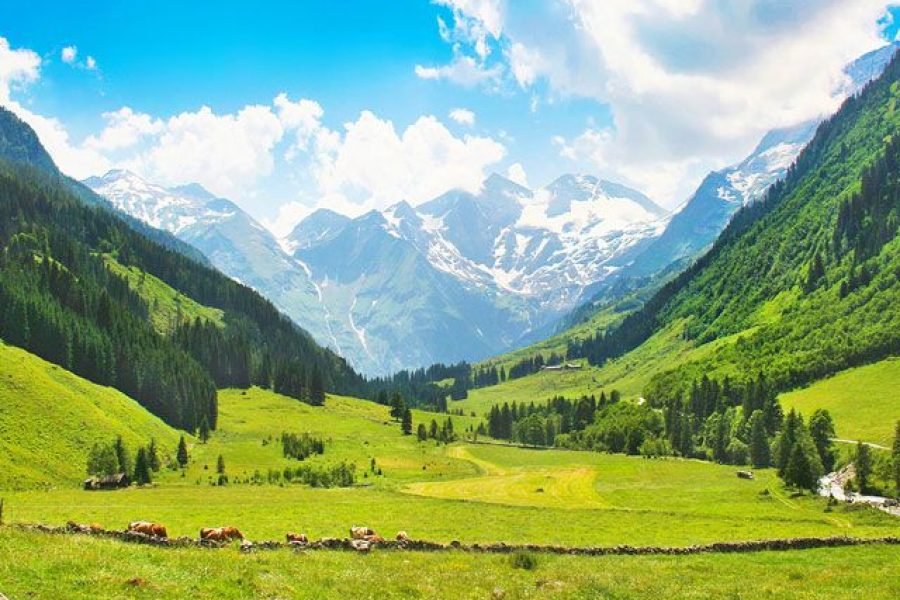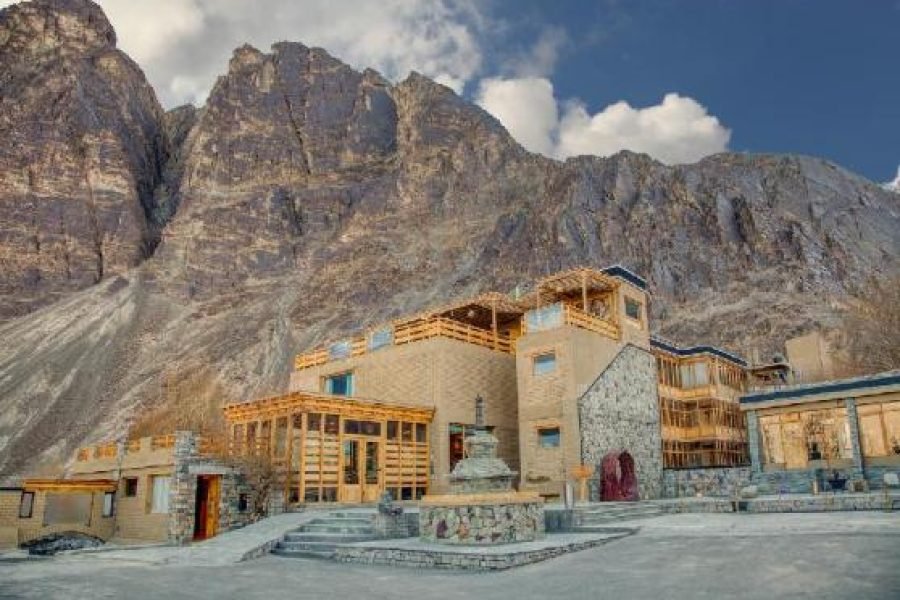Kargil | Ladakh | India | 194103





Table of Contents
ToggleKargil or Kargyil is a city in Indian-administered Ladakh in the disputed Kashmir region. It is the joint capital of Ladakh, an Indian-administered union territory. It is also the headquarters of the Kargil district. It is the second-largest city in Ladakh after Leh. Kargil is located 204 kilometres (127 mi) east of Srinagar in Jammu and Kashmir, and 234 kilometres (145 mi) to the west of Leh. It is on the bank of the Suru River near its confluence with the Wakha Rong river, the latter providing the most accessible route to Leh.
Discovering Kargil: A Gem in the Heart of Ladakh
Kargil is a breathtaking destination nestled in the rugged mountains of Ladakh, offering a unique blend of rich history, natural beauty, and cultural diversity. It is the second-largest city in Ladakh and lies approximately 204 kilometers from Leh, the capital of the region. While Leh tends to steal the limelight, Kargil remains an unexplored treasure, attracting tourists who seek a more serene, off-the-beaten-path experience.
Kargil is close to the border between India and Pakistan, making it not just a place of scenic beauty but also a region soaked in military history. It is, in fact, Kargil that received international recognition during the Kargil War of 1999, a war between India and Pakistan that left indelible marks on the area.
In this blog, we will be going down the page to write deeply about the geography, history, travel tips, attractions, and experiences that Kargil offers to its visitors.
Geography of Kargil
Kargil is at a height of approximately 2,676 meters (8,780 feet) above sea level, which is in the northernmost end of India. It is surrounded by the towering snow-capped peaks and acts as a gateway to the famous Zanskar Valley. It is situated on the banks of the Suru River, which flows through the valley.
The climate in Kargil is highly typical of high-altitude desert regions. Summers in Kargil are short: from May to September, with temperature ranges between 15°C and 25°C. Winters are extremely cold, with often dropping temperatures below -20°C. The best season to visit Kargil is during the summer season when the weather is favorable, and the roads open.
The history of Kargil is not possible without mentioning the military and strategic importance attached to this region. Global attention in 1999 shifted towards Kargil through the Kargil War between India and Pakistan, in which Pakistani forces went deep into Indian territory. The war was fought after Indian troops had regained possession of the area. The war occurred at a high altitude; weather conditions were harsh and remain an impact even till date.
The war not only defined the future of the region but also left behind several memorials and war-related sites, which stand as reminders of the sacrifices made by soldiers from both sides.
How to Reach Kargil
Kargil can be accessed by both road and air. Here’s how you can plan your journey:
By Road: The most common way to reach Kargil is by road. From Leh, you can drive via the Leh-Srinagar Highway, which passes through beautiful landscapes and high-altitude terrains. The journey takes about 6-7 hours, and the road conditions are generally good during summer, though some stretches may be challenging.
By Air: Kargil is served by a small airport (Kargil Airport) with limited flights that originate from Srinagar. Since not many flights come into Kargil, it’s easier to get into Leh and then drive on from there to Kargil.
By Train: The nearest big railway station to Kargil is in Jammu, from where you can take a taxi or a bus to Kargil. This journey is long and may take 12-14 hours, depending on road conditions.
Top Attractions in Kargil
Kargil is surrounded by natural beauty, rich history, and cultural diversity. Below are some of the must-see attractions that will make your trip unforgettable.
- Kargil War Memorial
One of the most prominent attractions in Kargil is the Kargil War Memorial at Drass, 60 kilometers from Kargil. The memorial is a tribute to the soldiers who lost their lives during the 1999 Kargil War. It is a place of respect and remembrance, with several plaques and a museum that exhibits the heroic stories of the soldiers. One can also see the actual battle site and pay homage to the brave hearts.
- Suru Valley
The Suru Valley is one of the most beautiful valleys in Ladakh. This valley is a paradise for nature lovers and is located near Kargil. It is famous for its green meadows, the Suru River, and snow-capped peaks. The valley provides an excellent opportunity for trekking, camping, and photography. The town of Suru is also famous for its centuries-old monasteries and serene surroundings.
- Zanskar Valley
Though a bit more distant, Zanskar Valley is one of the most attractive areas around Kargil. Famous for its rock landscapes, gorges, and isolated villages, Zanskar is a place liked by adventure lovers. To be able to explore it, visitors can indulge in trekking, river rafting, and visiting ancient Buddhist monasteries.
- Mulbekh Monastery
A short drive from Kargil leads to the Mulbekh Monastery, an ancient Buddhist site located on the Leh-Srinagar Highway. The monastery houses a massive statue of Maitreya Buddha, carved into the mountainside. It is an important pilgrimage site for Buddhists and a serene place for introspection and exploration.
- Buddha Statue at Mulbekh
The Maitreya Buddha Statue at Mulbekh is an important historical and spiritual landmark. The statue is carved out from the mountain rocks, stands at a height of 9 meters, and is a symbol of peace and spiritual strength. It is an 8th-century statue that reflects the region’s deep-rooted Buddhist traditions.
- Pashkum Village
Pashkum: It is a small village and is located near Kargil. It is known for scenic beauty and is close to the Suru River. Visitors can experience rural life, interact with local family members, and enjoy serenity. There are more than enough opportunities for hikes and photography in the surrounding land.
- Trespone Village
Another quiet village close to Kargil is Trespone, which has an ancient Buddhist gompa (monastery) and beautiful landscape. The monastery at Trespone is a quiet place for meditation and has a beautiful valley view.
- War Memorial at Batalik
Batalik War Memorial is located at the historical battle site where Indian troops have repelled the Pakistani infiltrators in the Kargil War. The memorial offers insights into the fierce fight and the bravery of the Indian soldiers.
Adventure Activities in Kargil
Kargil, with its rugged terrain and breathtaking landscapes, is a paradise for adventure lovers. Here are some activities you can indulge in during your visit:
Trekking: Kargil boasts some of the most beautiful treks in Ladakh. A few of the most popular routes are the Trek to Zanskar Valley, Drass Valley Trek, and the Kargil to Suru Valley Trek.
Camping: The unblemished and peaceful landscapes make Kargil an ideal place for camping. There are campsites near Suru and Zanskar valleys, with options for stargazing in an unpolluted sky.
White-water rafting: White-water rafting in the rapids of Zanskar offers an adventure that thrill-seekers love. The River Zanskar flows into the Zanskar Valley and has exciting rapids that make it a preferred location for adventure sports.
Photography: The locales of Kargil, the barren hills, and luscious green valleys are nature photographers’ paradise. Picturesque color contrasts in mountainous and village landscapes by rivers are an ideal source for nature photography.
Local Cuisine and Culture
Similar to the rest of Ladakh, Kargil has its cultural mix influenced largely by Tibet and Islam traditions. The mix is seen on the plates by dishes like noodle soup thukpa, dumplings momos, or roasted barley flour tsampa.
The people of Kargil are ethnically diverse, comprising Ladakhi Buddhists, Shia Muslims, and Dards who have lived together in peace. There is a rich cultural synthesis visible in its architecture, festivals, and way of life.
During the Ladakh Festival and local celebrations each year, you can enjoy traditional music, dance, and crafts. It is also an excellent time to visit the lively markets of Kargil, where you will find handwoven carpets, shawls, and other handmade crafts.
Travel Tips for Visiting Kargil
Altitude Sickness: Kargil is at a higher altitude; hence, take some time to acclimatize before your trip. Hydrate yourself, don’t drink alcohol, and rest for the first three days.
Road Conditions: The roads are generally okay, but in some places, it can be tough. Be sure to travel with an experienced driver or guide.
Clothing: The weather can be unpredictable in Kargil. Therefore, it is always better to carry warm clothing, especially during the colder months.
Permits: Some areas around Kargil, especially on the Indo-Pak border, may require special permits. It is always best to check with local authorities before planning your trip.
Safety: Kargil is a relatively safe destination for travelers. However, one must always stay updated with the political situation in the region.
Conclusion
Kargil is one such undiscovered treasure of Ladakh offering a unique blend of history, culture, and natural beauty. Whether you are an adventure seeker, history enthusiast, or someone looking for peace, Kargil will have something to give it to you. It encompasses war memorials to peaceful valleys, ancient monasteries to adventure activities, a destination that captures the heart and soul of every traveler visiting here.
Make sure to plan your trip carefully, respect the local culture, and cherish the experiences that Kargil has to offer. A journey to this beautiful region will not only refresh your spirit but also provide a glimpse into the resilience and beauty of life at the edge of the world.
FAQ's
1. What is Kargil Ladakh famous for?
Kargil, located in the Ladakh region of India, is famous for its role in the Kargil War between India and Pakistan in 1999. It is also known for its breathtaking landscapes, including snow-capped mountains, pristine lakes, and the iconic Pangong Lake. The region is a popular destination for adventure tourists, trekkers, and those seeking to experience the unique culture of Ladakh.
2. How do I reach Kargil Ladakh?
Kargil is well-connected by road and air. You can reach Kargil by road from Leh (about 230 km), which can be accessed via the Leh-Srinagar Highway. The nearest airport is in Leh, which has flights from major cities like Delhi and Srinagar. Additionally, buses and taxis run from Leh, Srinagar, and other cities.
3. What is the best time to visit Kargil Ladakh?
The best time to visit Kargil Ladakh is during the summer months, from May to September. This period offers pleasant weather with clear skies, making it ideal for sightseeing, trekking, and exploring the region. Winter months (October to March) are cold and can be challenging due to heavy snowfall and road closures.
4. Is Kargil Ladakh safe for tourists?
Yes, Kargil Ladakh is generally safe for tourists. However, it is important to stay updated about weather conditions and follow local guidelines, especially when traveling to remote areas. Always check road conditions and be prepared for high-altitude travel, which may cause altitude sickness.
5. What are the popular tourist attractions in Kargil Ladakh?
Some of the top tourist attractions in Kargil include:
- Kargil War Memorial: A tribute to the Indian soldiers who fought in the Kargil War.
- Suru Valley: Known for its scenic beauty, lush green fields, and the stunning backdrop of the Himalayan ranges.
- Zanskar Valley: Famous for its untouched landscapes, trekking routes, and the Chadar Trek (frozen river trek).
- Pangong Lake (near Kargil): A beautiful lake known for its ever-changing colors and stunning surroundings.
6. How can I acclimatize to the altitude in Kargil?
To acclimatize to the high altitude in Kargil, take it slow and allow your body time to adjust. Drink plenty of water, avoid alcohol, and eat light meals. Spend at least 24-48 hours in Leh or another nearby lower altitude area before heading to Kargil. If you feel symptoms of altitude sickness, descend immediately and seek medical help.
7. What is the Kargil War Memorial?
The Kargil War Memorial, located in Dras near Kargil, is a tribute to the soldiers who fought and died during the Kargil War of 1999. The memorial features a towering statue of a soldier, a museum showcasing the history of the war, and plaques bearing the names of fallen soldiers.
8. What are the best trekking routes in Kargil Ladakh?
Kargil is home to several popular trekking routes, such as:
- The Suru Valley Trek: A scenic trek through alpine meadows and picturesque villages.
- The Zanskar Valley Trek: Known for its remote beauty, it includes the famous Chadar Trek along the frozen Zanskar River.
- The Lamayuru to Alchi Trek: A cultural trek that passes through monasteries and offers spectacular views of the Himalayas.
9. Is Kargil Ladakh a good place for road trips?
Yes, Kargil Ladakh is a popular destination for road trips, especially for adventure enthusiasts. The roads connecting Kargil with Leh, Srinagar, and Zanskar Valley are filled with scenic beauty and offer a thrilling experience. Ensure your vehicle is well-equipped to handle rough terrain.
10. What is the weather like in Kargil Ladakh?
Kargil has an extreme climate with cold winters and mild summers. During the summer months (May to September), temperatures can range from 15°C to 20°C during the day, with chilly nights. In winter, temperatures can drop to as low as -10°C to -20°C, with heavy snowfall.
11. Are there any local festivals celebrated in Kargil Ladakh?
Yes, Kargil Ladakh celebrates several cultural and religious festivals, such as:
- Losar (Ladakhi New Year): Celebrated in February or March with traditional dances, music, and rituals.
- Ladakh Festival: Held in September, this festival showcases Ladakhi culture through dance, music, and local sports.
- Sindhu Darshan Festival: Celebrated in June, this festival is dedicated to the Indus River and the local culture.
12. What are the best places to stay in Kargil?
Kargil offers a range of accommodations including guesthouses, hotels, and camps. Some popular options include:
- Hotel Dzojila
- Kargil Tourist Bungalows
- Zanskar View Hotel
- Camp Durse (for a more nature-oriented experience)
13. What is the local cuisine of Kargil Ladakh?
Kargil Ladakh offers a variety of traditional dishes, such as:
- Thukpa: A hearty noodle soup made with vegetables or meat.
- Tsampa: Roasted barley flour, commonly eaten with butter tea.
- Momos: Steamed dumplings filled with vegetables or meat.
- Butter tea (Chai): A salty, butter-based tea commonly drunk by locals.
14. Can I visit Kargil Ladakh during the winter?
While visiting Kargil in winter is possible, it can be challenging due to freezing temperatures, snow-blocked roads, and limited services. If you plan to visit during winter, it’s essential to be well-prepared with winter clothing, snow chains for your vehicle, and check road conditions in advance.
15. What are the safety tips for traveling to Kargil Ladakh?
Some key safety tips for traveling to Kargil Ladakh include:
- Always carry a first-aid kit, warm clothing, and sufficient water.
- Stay hydrated and avoid heavy meals while acclimatizing to the altitude.
- Be aware of your surroundings and avoid venturing into remote areas without a guide.
- Follow all local regulations, especially regarding environmental conservation.
- Check road conditions and weather forecasts before traveling.
How to book Tours for Kargil with Charzan Holidays?
For a seamless and exceptional booking experience, contact Charzan Holidays at reservations@charzan.in or call us at +919622224473









0 Comment